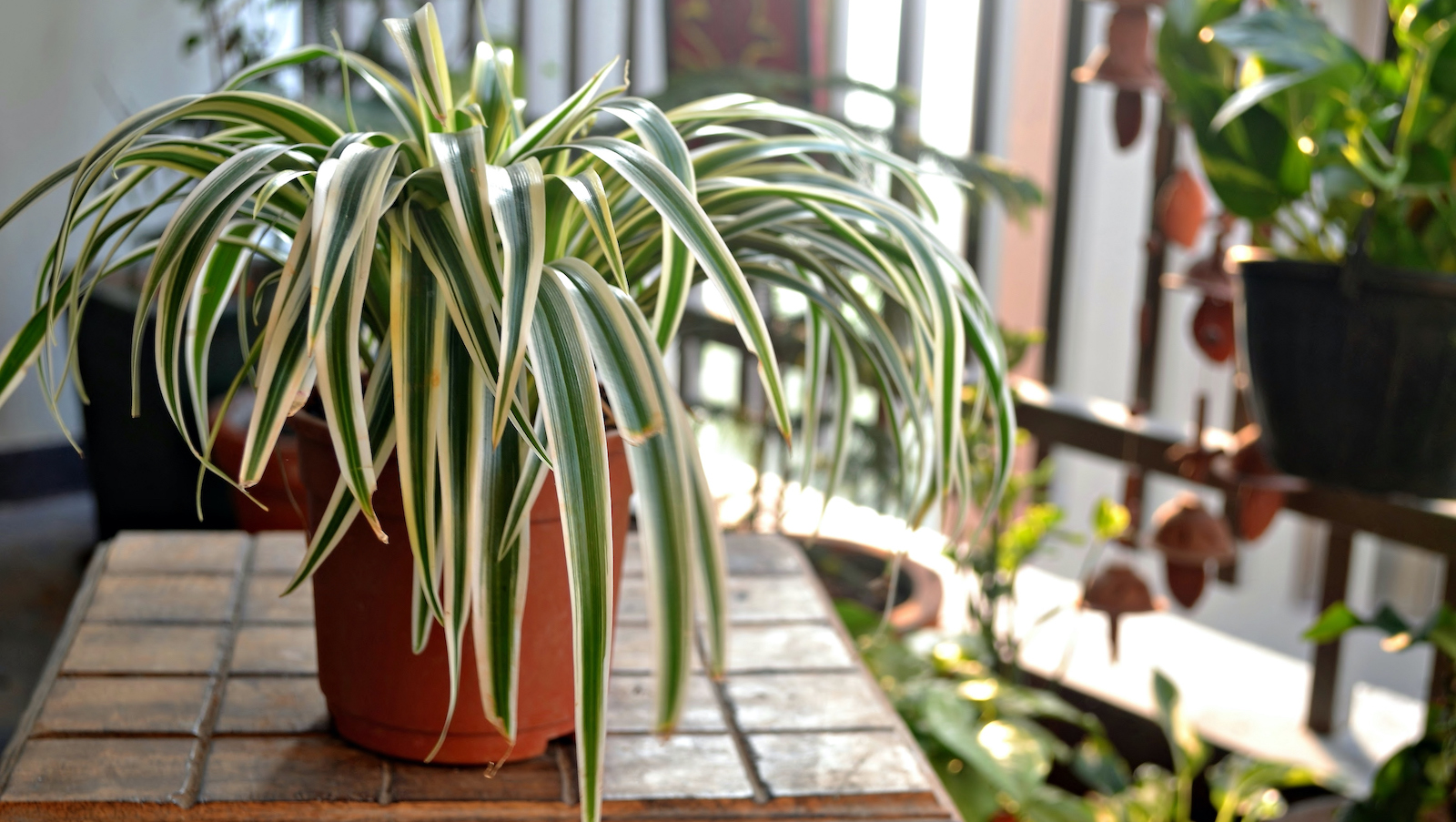
Mastering spider plant light requirements is an essential part of keeping your greenery, well... green.
All too often, we realize that we're killing more houseplants than growing or propagating, likely because of inadequate care. All of these living beings have specific needs, and we as plant parents have to cater to them.
We spoke to gardening experts about the wildly popular indoor plants and how to best provide the required dosage of Vitamin D — or healthy glow from grow lights when necessary — for a spider plant.
What are spider plant light requirements?
Spider plants are not only adorable accents for your shelves but they're considered a low-maintenance, easy houseplant. They're not terribly fussy and they're able to adapt to a variety of surroundings, but they should probably avoid spots that are too dark and shadowy, lest you'd like the leaves to potentially turn yellow. Make sure to give them the home they deserve.
Light level
Spider plants are pretty sturdy in many light levels. "They perform best in a well-lit spot without direct sun exposure, which can scorch their leaves," says Gene Caballero, co-founder of GreenPal. "However, they can also tolerate lower light, making them suitable for less sunny spaces. Keep in mind that in lower light, their growth rate might slow down."
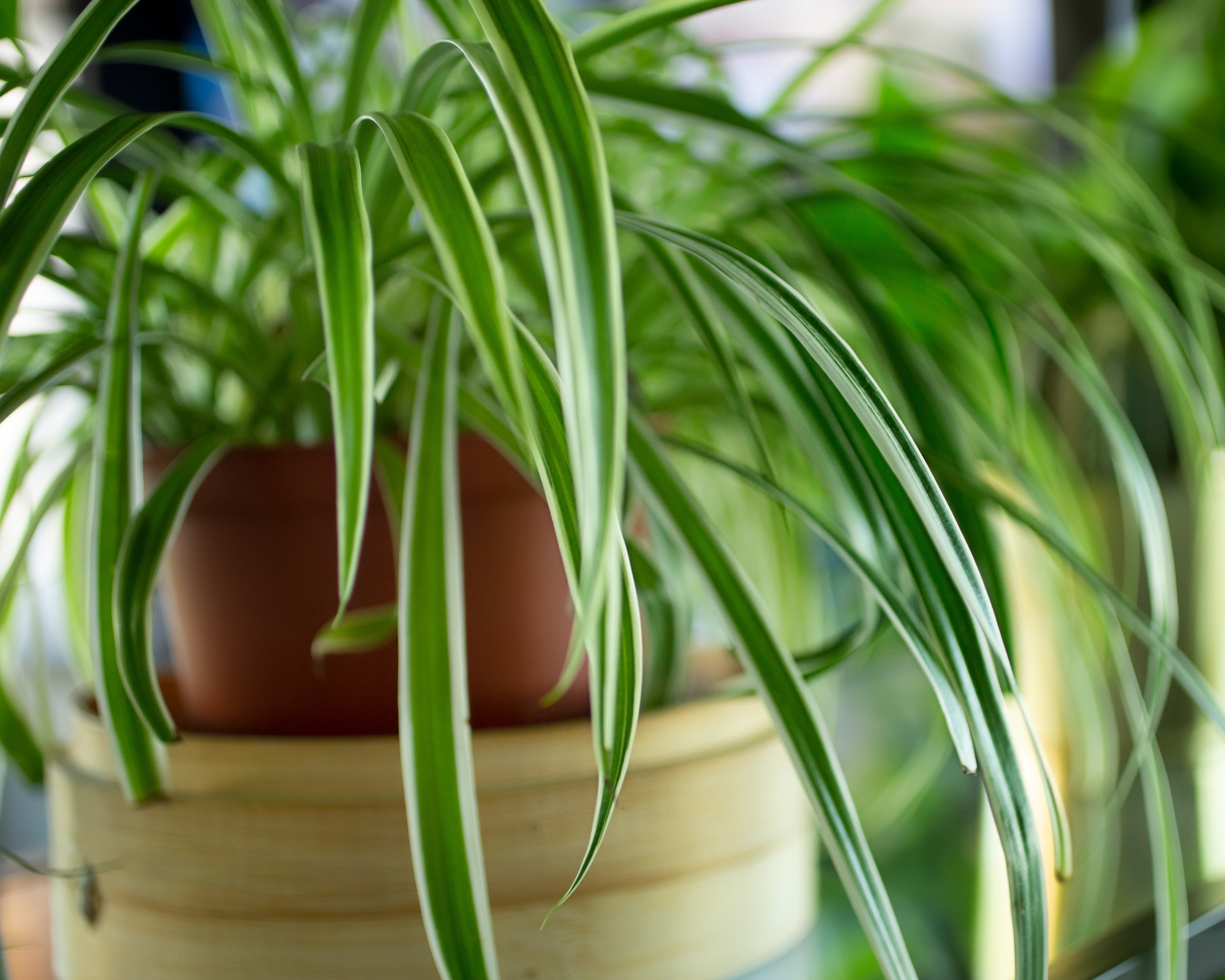
Light direction
When learning how to care for houseplants, you'll realize that brightness isn't just a factor: so is direction. Be mindful of where your plants are located in your home, as small details can lead to a big difference.
"Spider plants do best with light from a south or an east-facing window," says Skylor Young, the co-owner and COO of The Plant Doctors. "If the lighting comes from a west window, keep it a few feet away."
Don't be surprised if it takes some trial and error when gardening in an apartment. It might take an extreme situation, like a burnt or discolored leaf, to make you realize what's working and what needs to be tweaked.
"Direct sunlight may scorch the leaves of your spider plant, and in low light, they will not grow very well or produce plantlets, which are also known as spiderettes," says Fern BergCORR, plant, and gardening expert and the founder of Treevitalize.
But the kicker is that if it's not getting the indirect light it requires, the snake plant also could lose part of its charm: its unique markings and color. Play around with different locales to see which space in your abode works well for the spider plant. And snag something to keep it in place, like this adjustable plant stand available on Amazon.
What to shop
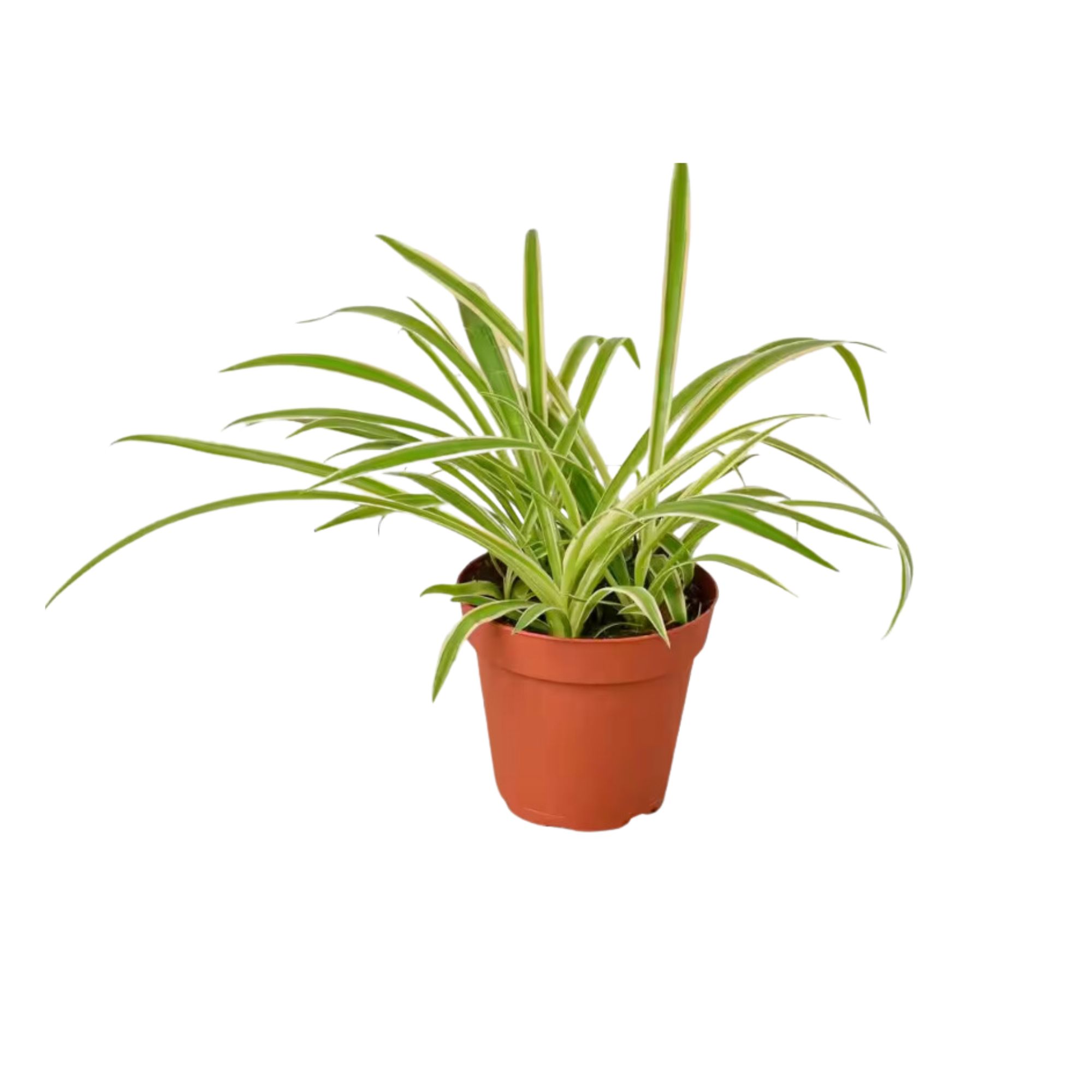
Price: $19.99
Dimensions (in.): 4
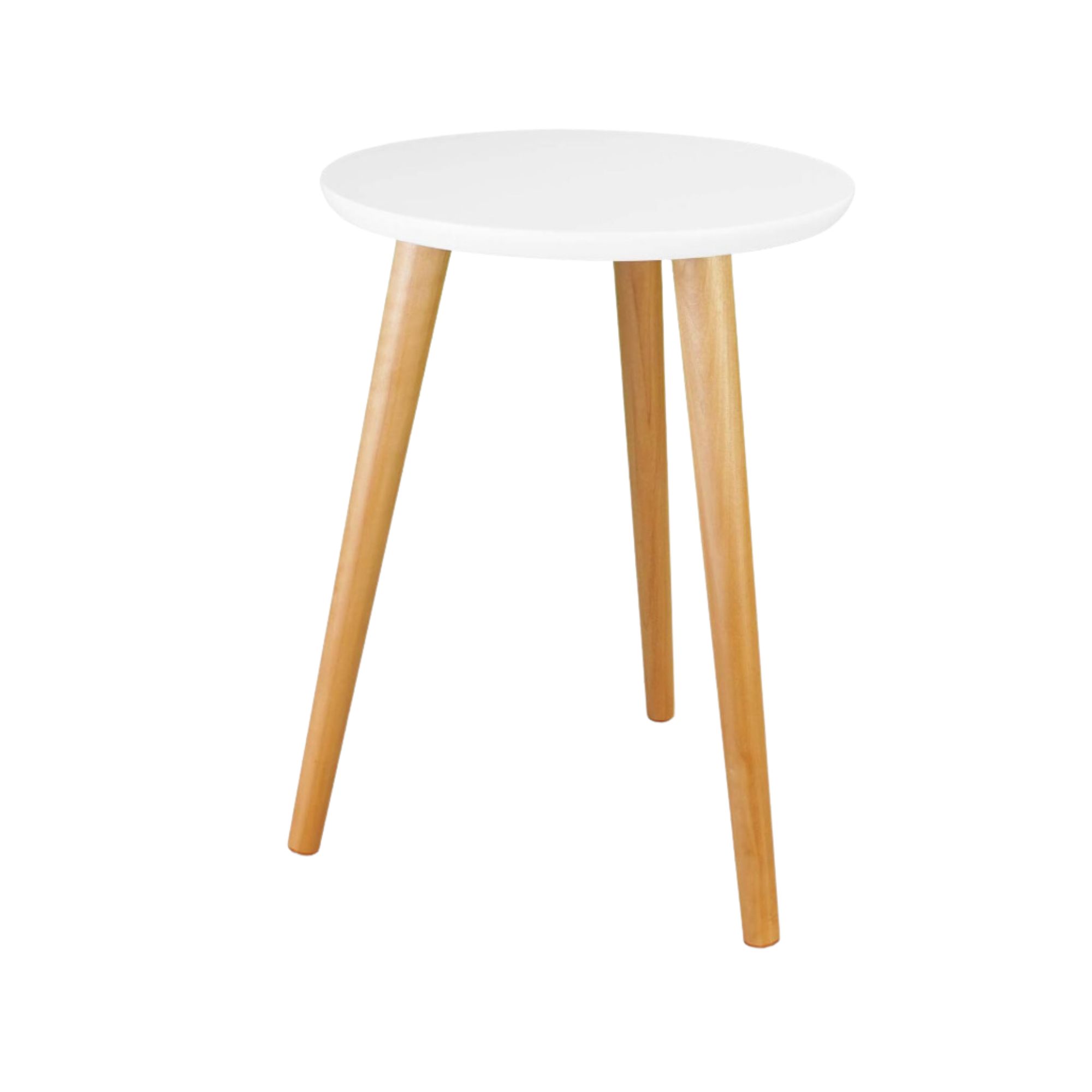
Price: Was $22.99, now $20.99
Dimensions (in.): D11 x W11 x H16.5
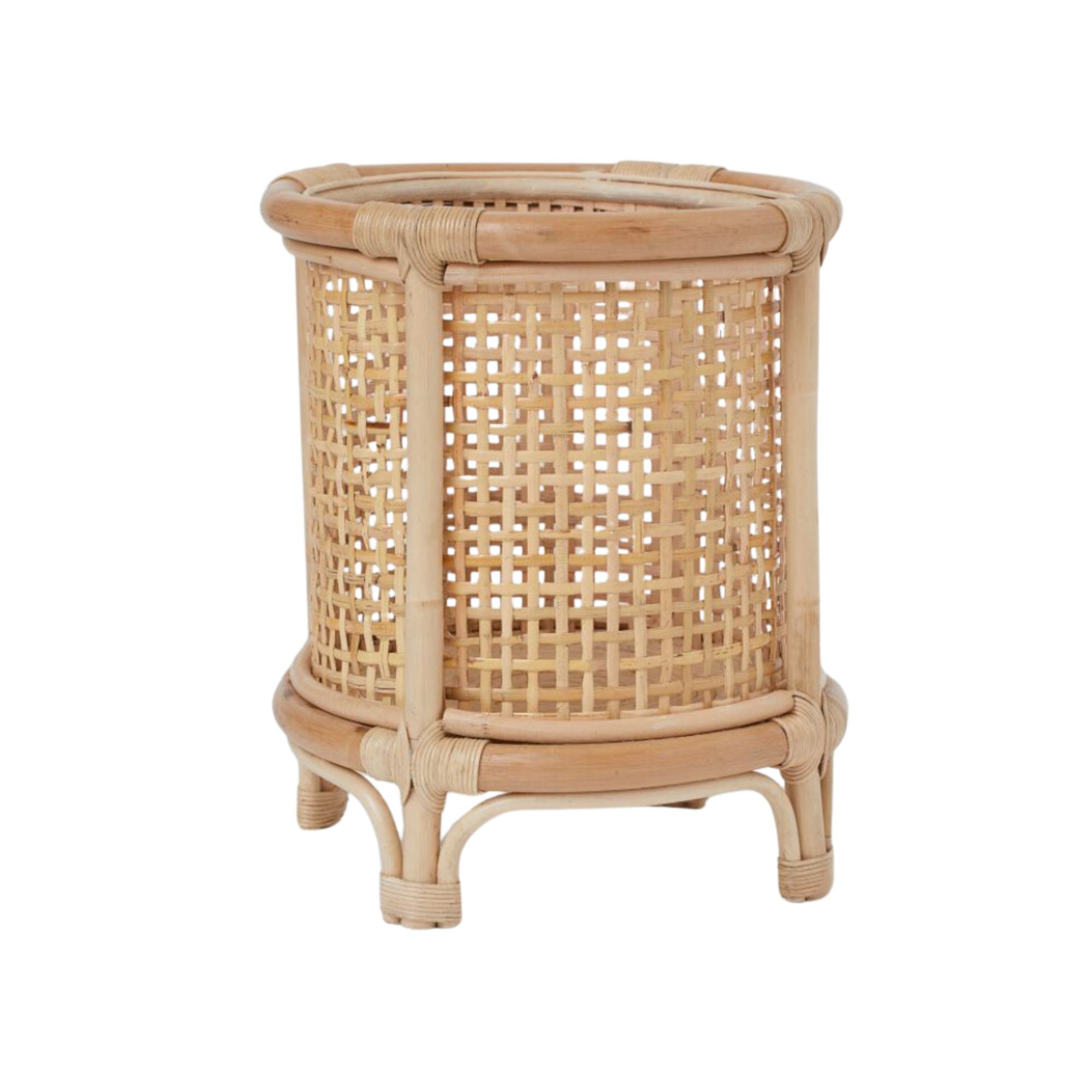
Price: $39.99
Dimensions (in.): D8 x H 11.75
FAQs
Can spider plants live in low light?
While spider plants have the capability of living in low-light situations, they do run the risk of either turning yellow and/or losing their variegation. It's best to keep them in indirect sunlight near a south or east-facing window.
Does a spider plant need to be by a window?
Spider plants prefer bright, indirect sunlight, and shouldn't be right on top of a window because their leaves can burn. Keep them a safe distance apart.
For a deep dive into the greenery, our pros weighed in on how to care for a spider plant, from hydration and lighting needs to potting requirements and feeding essentials. With their advice, your new arrivals from the nursery will lead a healthy life.







